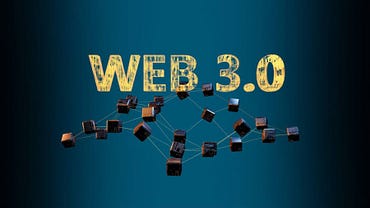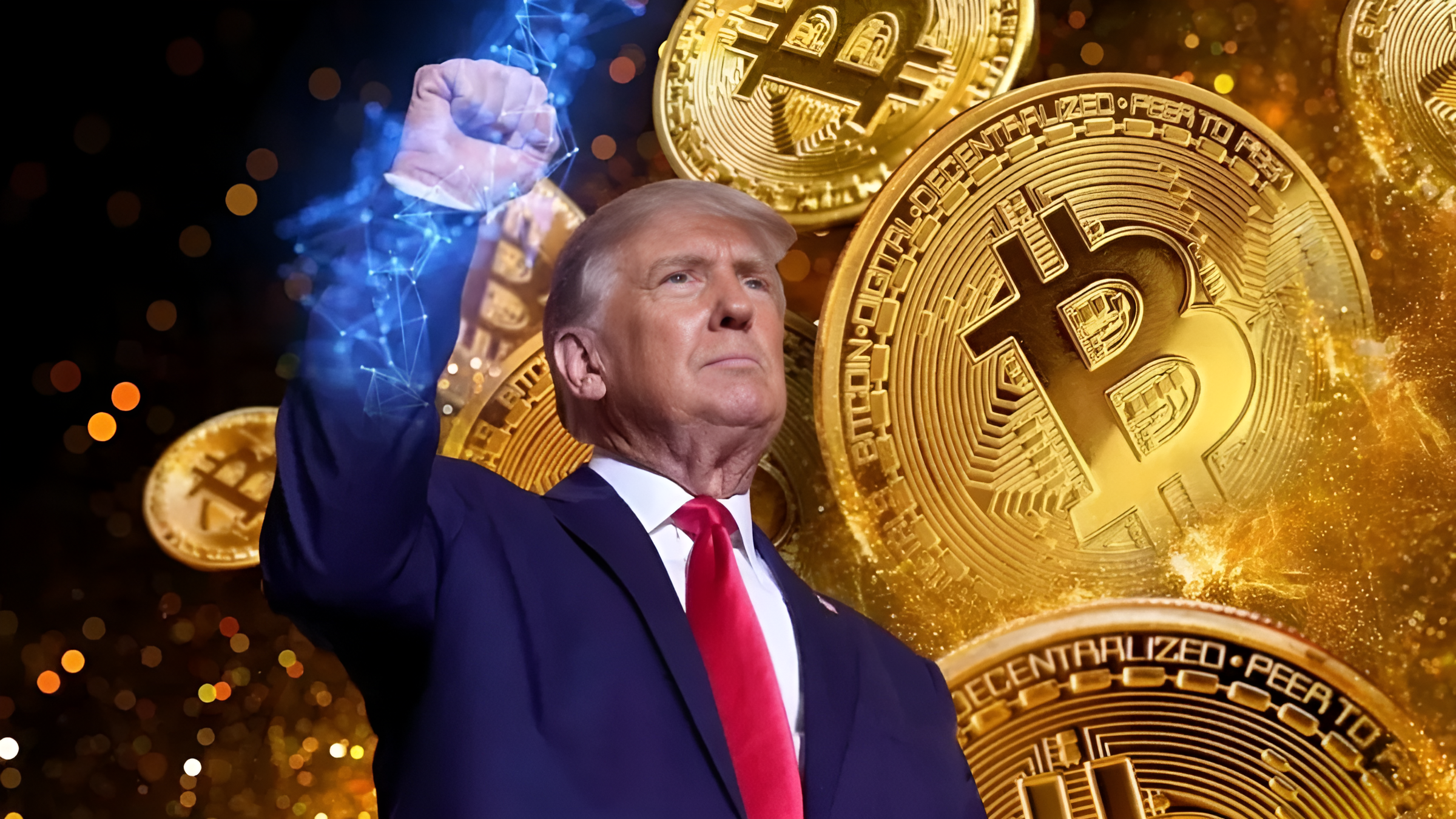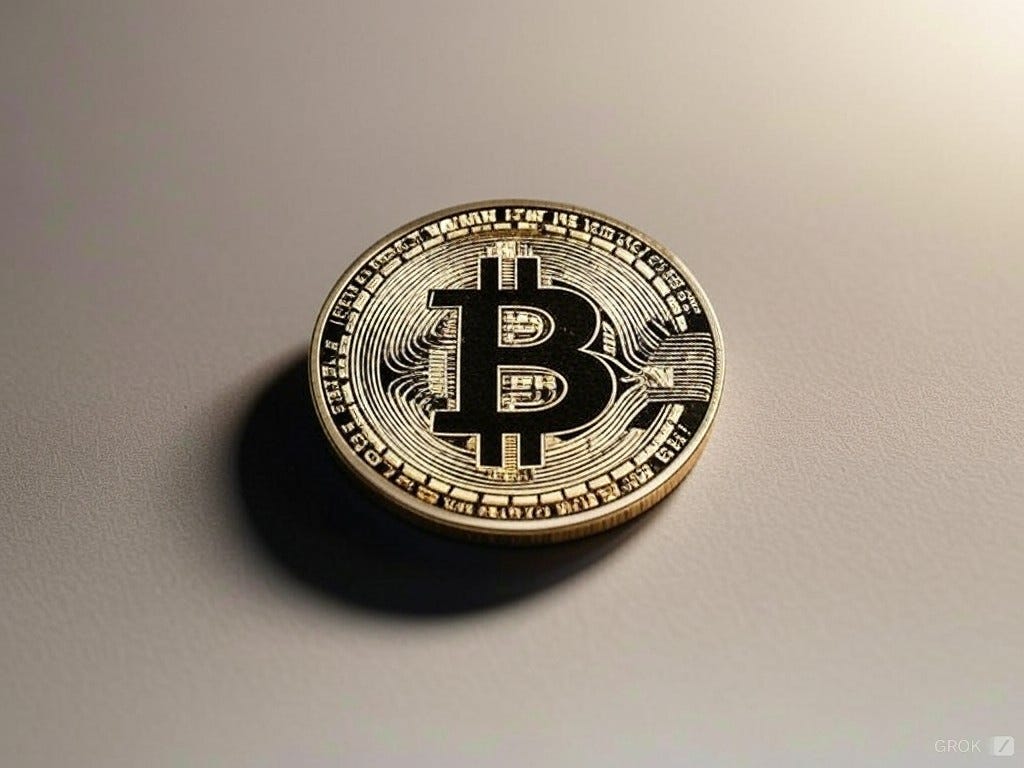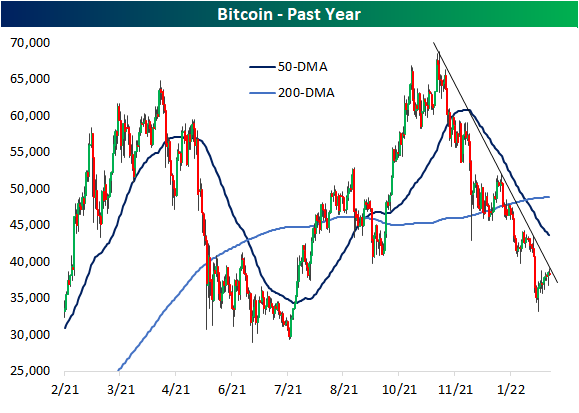Web 2 vs. Web 3: Why the Internet Is Evolving
I was in the shower earlier — water running, Grover Washington’s “Just the Two of Us” blasting from the speakers.
I was singing my heart out, completely off-key, and right in the middle of “we can make it if we try,” it hit me — you guys! I haven’t written the next piece for you yet.

Last time, we talked about the basics of Web 3 — what it is, how it works, and why everyone’s talking about it. If you missed it, check it out here. It’s a good place to start before jumping into this one.
Fresh out of the shower, here I am. Let’s keep things moving. Today, we’re talking about Web 3 versus Web 2. What’s the difference? Why does it matter? And why is everyone so hyped about it? By the end of this, you’ll see why the internet is getting a glow-up.
Let’s get to it!
What Is Web 2?

Let’s start with the internet you know: Web 2.
It’s where you scroll through Instagram, binge-watch Netflix, and Google everything from “how to boil an egg” to “what’s Web 3?” (hey, no judgment).
Here’s how it works:
- Centralized Platforms: Big companies like Facebook, Google, and Amazon control the apps and platforms you use daily.
- Data Ownership: They collect and store your data, then sell it or use it to target you with ads.
- Convenience, but at a Cost: You get free apps and services, but the real price is your privacy and control over your information.
To be fair, Web 2 isn’t all bad. It brought us memes, TikTok dances, and endless cat videos. But it also created problems: data breaches, constant surveillance, and a few companies hoarding all the power.
What Is Web 3?

Web 3 is like Web 2’s cooler, more rebellious cousin. It’s here to flip the script and put control back in your hands.
Here’s what makes it different:
- Decentralized Networks: Instead of relying on one company’s servers, Web 3 uses blockchain technology, where data is spread across a global network.
- You Own Your Data: Your information and digital assets are stored in a wallet only you can access. No snooping allowed.
- Privacy by Default: With encryption baked in, your activities aren’t constantly tracked or sold to the highest bidder.
Web 3 isn’t just a tweak to the internet; it’s a full-on overhaul that’s changing how things work.
Key Differences Between Web 2 and Web 3

1. Ownership
Web 2: The platform owns your data. They decide how to use it, sell it, or monetize it.
Web 3: You own your data. It’s stored in your wallet, and you control who has access.
Example: On Instagram, your photos live on their servers. In Web 3, your photos could be stored on a decentralized network, and you decide who gets to see them.
2. Centralization vs. Decentralization
Web 2: Platforms are centralized. If one goes down, you’re stuck waiting for them to fix it.
Web 3: Decentralized systems keep running even if one part of the network fails.
Example: Ever tried accessing Instagram during an outage? Yeah, that’s Web 2 for you. In Web 3, outages are much less likely because the network doesn’t rely on one company’s servers.
3. Privacy
Web 2: Every move you make online is tracked and monetized.
Web 3: Transactions and interactions are encrypted, giving you more privacy and control.
Example: In Web 2, your bank has a detailed record of your spending. In Web 3, cryptocurrency transactions are pseudonymous, meaning no one knows it’s you unless you tell them.
4. Participation
Web 2: You’re just a user. You consume content but have no say in how platforms are run.
Web 3: You’re an active participant. You can vote on decisions, earn tokens, and even co-own platforms through DAOs (Decentralized Autonomous Organizations).
Example: Imagine being able to vote on how Instagram works. That’s basically what a DAO lets you do in Web 3.
Why Does This Matter?
Because it’s not just about technology — it’s about who gets to call the shots.
In Web 2, big companies make the rules, own the data, and take most of the profits. Web 3 changes that. It gives power back to the people. You get to own your online identity, control your assets, and decide how you want to participate.
Sure, Web 3 isn’t perfect. It’s still figuring itself out, and scams are a real problem. But it’s a step in the right direction.
What’s Next?
If this is all making sense and you’re curious about what’s next, don’t worry — I’ve got you covered.
Coming up, we’ll talk about:
- How blockchain actually works.
- What Web 3 wallets are and how to set one up.
- Ways to dip your toes into Web 3 without feeling overwhelmed.
Follow me here so you don’t miss out. We’re just getting started.
Also, if you enjoyed this article, go ahead and give it a “clap.” That’s how we show some love around here — kind of like Instagram hearts.
Hurts to let you go now buddy, but I’ve got to run…

Web 2 gave us a lot — streaming, memes, and those weird but oddly satisfying TikTok cleaning videos. But Web 3 is giving us something more: ownership, privacy, and a chance to shape the future of the internet.
There’s more to learn, but for now, you’re one step closer to understanding where the web is headed. Let’s keep going.
Web 2 vs. Web 3: Why The Internet Is Evolving was originally published in The Capital on Medium, where people are continuing the conversation by highlighting and responding to this story.

 2 days ago
14
2 days ago
14









 English (US) ·
English (US) ·